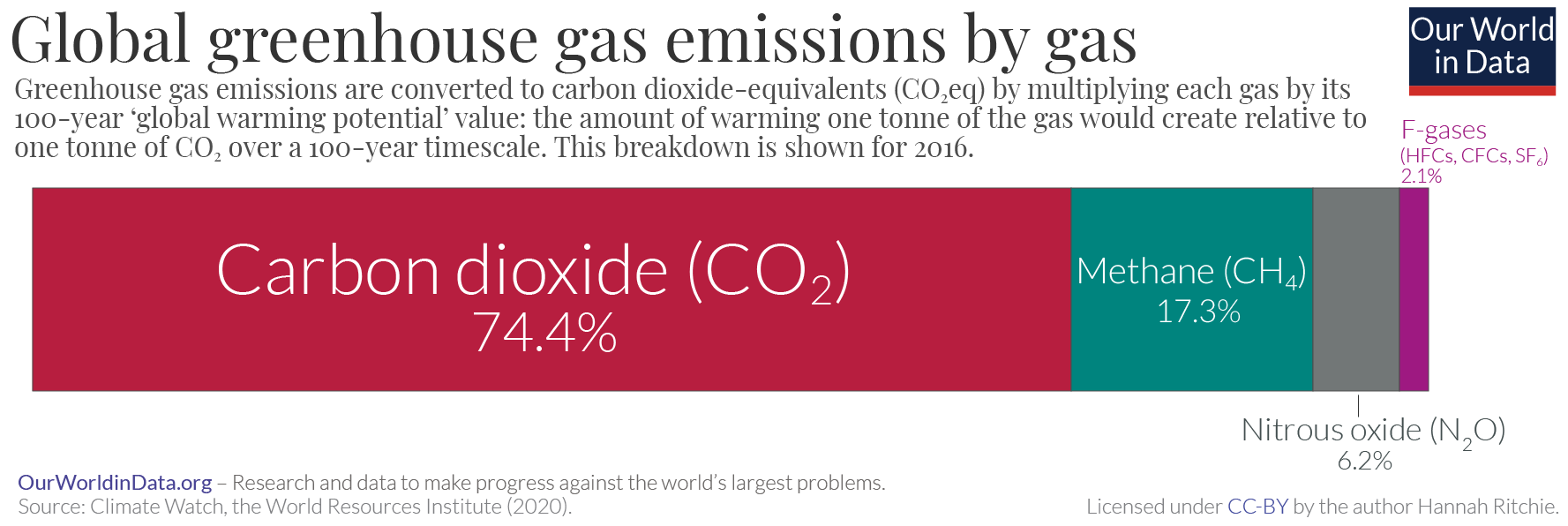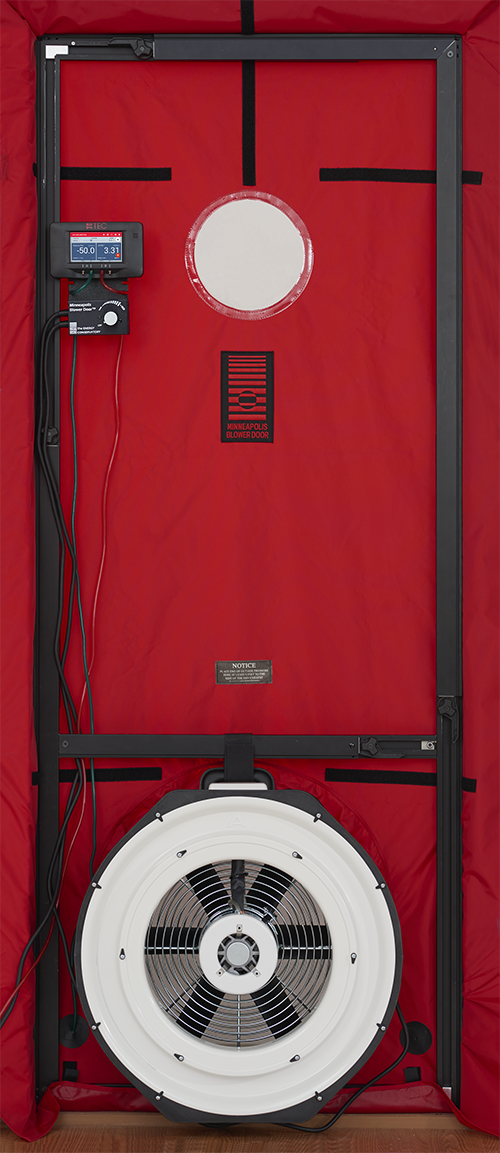|
EnerGuide For Houses
EnerGuide is the official mark of the Government of Canada for its energy performance rating and labeling program for key consumer items—houses, light-duty vehicles, and certain energy-using products. The EnerGuide efficiency percent is calculated by dividing the power output by power input. EnerGuide labelling exists for appliances, heating and cooling equipment, houses and vehicles. EnerGuide includes a house energy evaluation, including tests to find air leakage and the energy efficiency of its heating. It was designed to help Canadians reduce their greenhouse gas emissions and to save energy. To accomplish the same goals for new home construction the EnerGuide for New Houses program was initiated in 2006. The new Saskatchewan EnerGuide for Houses program is active from April 1, 2011 to October 31, 2013. EnerGuide for New Houses The EnerGuide for New Houses program, a sister program of EnerGuide for Houses, helps Canadians plan and build new homes that are cost-effective ... [...More Info...] [...Related Items...] OR: [Wikipedia] [Google] [Baidu] |
Government Of Canada
The Government of Canada (), formally His Majesty's Government (), is the body responsible for the federation, federal administration of Canada. The term ''Government of Canada'' refers specifically to the executive, which includes Minister of the Crown, ministers of the Crown (together in Cabinet of Canada, the Cabinet) and the Public Service of Canada, federal civil service (whom the Cabinet direct); it is Federal Identity Program, corporately branded as the ''Government of Canada''. There are over 100 departments and agencies, as well as over 300,000 persons employed in the Government of Canada. These institutions carry out the programs and enforce the laws established by the Parliament of Canada. The Structure of the Canadian federal government, federal government's organization and structure was established at Canadian Confederation, Confederation, through the ''Constitution Act, 1867'', wherein the Canadian Crown acts as the core, or "the most basic building block", of its ... [...More Info...] [...Related Items...] OR: [Wikipedia] [Google] [Baidu] |
Energy Conservation
Energy conservation is the effort to reduce wasteful energy consumption by using fewer energy services. This can be done by using energy more effectively (using less and better sources of energy for continuous service) or changing one's behavior to use less and better source of service (for example, by driving vehicles which consume renewable energy or energy with more efficiency). Energy conservation can be achieved through efficient energy use, which has some advantages, including a reduction in greenhouse gas emissions and a smaller carbon footprint, as well as cost, water, and energy savings. Green engineering practices improve the life cycle of the components of machines which convert energy from one form into another. Energy can be conserved by reducing waste and losses, improving efficiency through technological upgrades, improving operations and maintenance, changing users' behaviors through user profiling or user activities, monitoring appliances, shifting load to o ... [...More Info...] [...Related Items...] OR: [Wikipedia] [Google] [Baidu] |
Greenhouse Gas Emissions
Greenhouse gas (GHG) emissions from human activities intensify the greenhouse effect. This contributes to climate change. Carbon dioxide (), from burning fossil fuels such as coal, petroleum, oil, and natural gas, is the main cause of climate change. The top contributors to greenhouse gas emissions, largest annual emissions are from China followed by the United States. The United States has List of countries by greenhouse gas emissions per capita, higher emissions per capita. The main producers fueling the emissions globally are Big Oil, large oil and gas companies. Emissions from human activities have increased Carbon dioxide in Earth's atmosphere, atmospheric carbon dioxide by about 50% over pre-industrial levels. The growing levels of emissions have varied, but have been consistent among all greenhouse gases. Emissions in the 2010s averaged 56 billion tons a year, higher than any decade before. Total cumulative emissions from 1870 to 2022 were 703 (2575 ), of which 484±20 (177 ... [...More Info...] [...Related Items...] OR: [Wikipedia] [Google] [Baidu] |
R-2000 Program
R-2000 is a Natural Resources Canada (NRCan) program that was developed in partnership with the Canadian Home Builders' Association in 1981, and formalized as a standard in 1982. Notably, the R-2000 standard is a voluntary standard to exceed building code requirements for energy efficiency, indoor air quality, and environmental responsibility. The R-2000 program is managed by NRCan's Office of Energy Efficiency and comprises: * R-2000 standard - technical specifications * quality assurance * certification * training and licensing of builders and service providers * consumer information In May 2008, the CHBA published an internal discussion paper proposing changes to the R-2000 standard so it would remain at the forefront as the reference model that influences other programs or initiatives. See also * Canada Green Building Council * EnerGuide * Energy Star for New Homes References External links NRCan Office of Energy Efficiency: About R-2000Canadian Home Builders' Asso ... [...More Info...] [...Related Items...] OR: [Wikipedia] [Google] [Baidu] |
Blower Door
A blower door is a machine used to perform a building air leakage test. It can also be used to measure airflow between building zones, to test ductwork airtightness and to help physically locate air leakage sites in the building envelope. There are three primary components to a blower door: a calibrated, variable-speed Centrifugal fan, blower or Fan (machine), fan, capable of inducing a range of airflows sufficient to pressurize and depressurize a variety of building sizes; a pressure measurement instrument, called a manometer, to simultaneously measure the pressure differential induced across the face of the fan and across the building envelope, as a result of fan airflow; and a mounting system, used to mount the fan in a building opening, such as a door or a window. Airtightness testing is usually thought of in residential settings. It is becoming more common in commercial settings. The General Services Administration (GSA) requires testing of new US federal government buildi ... [...More Info...] [...Related Items...] OR: [Wikipedia] [Google] [Baidu] |
Energy Audit
Energy () is the quantitative property that is transferred to a body or to a physical system, recognizable in the performance of work and in the form of heat and light. Energy is a conserved quantity—the law of conservation of energy states that energy can be converted in form, but not created or destroyed. The unit of measurement for energy in the International System of Units (SI) is the joule (J). Forms of energy include the kinetic energy of a moving object, the potential energy stored by an object (for instance due to its position in a field), the elastic energy stored in a solid object, chemical energy associated with chemical reactions, the radiant energy carried by electromagnetic radiation, the internal energy contained within a thermodynamic system, and rest energy associated with an object's rest mass. These are not mutually exclusive. All living organisms constantly take in and release energy. The Earth's climate and ecosystems processes are drive ... [...More Info...] [...Related Items...] OR: [Wikipedia] [Google] [Baidu] |
Energy Conservation In Canada
Canada has access to all main sources of energy including Oil and Gas, oil and gas, coal, hydropower, biomass, Solar power, solar, Geothermal energy, geothermal, Wind power, wind, Marine energy, marine and Nuclear power, nuclear. It is the world's second largest producer of uranium, third largest producer of hydro-electricity, fourth largest natural gas producer, and the fifth largest producer of crude oil. In 2006, only Russia, the People's Republic of China, the United States and Saudi Arabia produce more total energy than Canada. The United States is Canada's major trade market for energy products and services. Canada sent around 98% of its total energy exports to the United States in 2015, meaning that Canada is the largest supplier of energy exports to the world's largest economy. Canada also exports significant amounts of uranium and coal to Asia, Europe and Latin America. Despite being a net energy exporter, Canada also imports energy products. $24.5 billion of energ ... [...More Info...] [...Related Items...] OR: [Wikipedia] [Google] [Baidu] |




